Make the most of your deer season harvest
BY Chuck Long
ON 11-18-2020
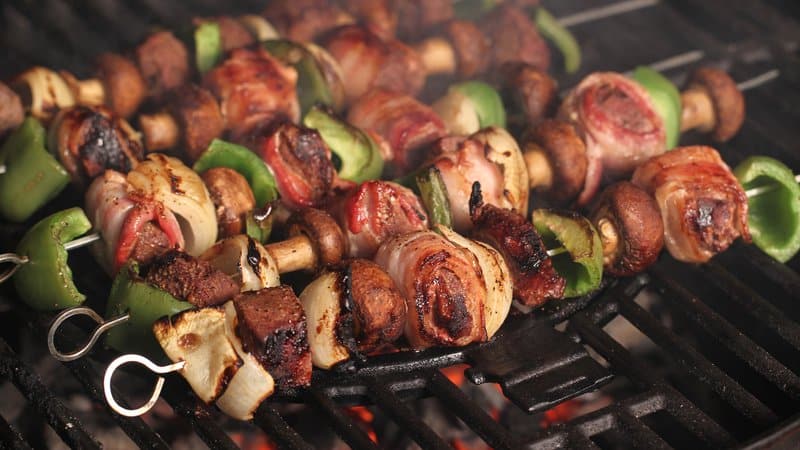
Nov. 18, 2020
Chuck Long
AGFC Northeast Regional Educator, Jonesboro
JONESBORO — Arkansas is in the midst of deer season, and skillets are sizzling with the sound of a floured piece of backstrap cooking in grease. Alongside the backstrap will likely be a skillet of fried potatoes. As soon as the backstrap is done, a bit of flour will hit the grease, followed by some milk to brew up some gravy to cover the venison and accompany some biscuits cooking in the oven.
This is probably the most common vision that pops into a hunter’s mind when they think about cooking the harvest. It is a grand meal, but venison offers many more options in the kitchen than the traditional fried backstrap and gravy dish. The lean, clean and versatile meat of a deer can be prepared with a variety of methods and, with a generous limit of six deer in Arkansas, can stock a freezer for many wonderful meals.
Though the most common method of preparation for the loins might be in the frying pan, those succulent pieces can be prepared in other ways. One simple method is to leave the inside loins whole and coat the meat with 1/2 cup of olive oil and about two tablespoons of a favorite steak seasoning.
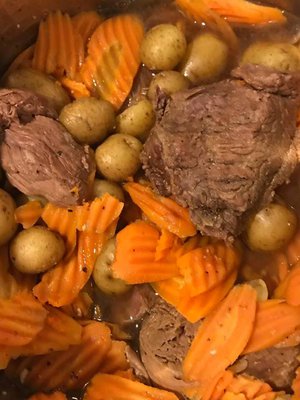
Begin the cooking process on the stovetop in a hot skillet and brown each side of the loin. Once brown, place in a 350-degree oven for about 10 minutes. Remove from the oven and let the meat sit for a few minutes and slice thin. This recipe can also be done with pieces of backstrap cut 8- to 10 inches long.
The backstrap and parts of the hindquarter are very versatile and can be prepared as simple or as extravagant as the cook wishes. Deer meat is inherently lean and a good marinade helps maintain moisture and tenderize the cuts. A tried and tested marinade can be made by combining 1 cup of light brown sugar, 2/3 cup ketchup, ½ cup soy sauce, 2/3 cup white vinegar, ½ cup vegetable oil, 2 teaspoons ground ginger and 5-6 cloves chopped garlic. Cut the venison into bite-sized chunks and marinate for 12-24 hours.
Remove from the marinade and place the chunks on skewers along with peppers, onions and pineapples. Grill for about 10 minutes on medium-high heat. This added looks of this presentation will encourage those who might think venison is less than palatable to give it a try.
The lower shanks of the front and rear legs are often discarded to the burger pile but can offer some great cooking opportunities as well. Filled with sinew and other connective tissue, it takes a little different approach to prepare these cuts. Slow cooking can work, but another great technique for the lower shanks can be pressure cooking. An Instant Pot-type cooker can turn the shanks into a wonderful dish in an hour or less. Cut the lower shanks off the bone and cut across the grain into bite-sized chunks. Place about two cups of beef broth into the cooker, along with the chunks of the lower shank, and set to pressure cook for 30 minutes. While the cooker does the work, dice up six to eight potatoes, slice an onion in half and open a bag of baby carrots. Once the cooker completes its cooking cycle, there are two options. Some will prefer to remove and further dice the meat, while others will leave the meat as is. Either way, once the meat is ready, simply add the meat back into the cooker, add the potatoes, carrots and half an onion and replace the lid. Set the cooker for another 10 minutes of pressure cooking and get the plates ready. This venison pot roast will provide a rich, hearty meal sure to please everyone.
Venison is very versatile in the kitchen and here are a few other tips to ensure some great meals. Hunters should strive for a quick, clean kill and then cool the meat as soon as possible. Keep the meat as clean as possible, and keep it cool throughout processing until you are ready to cook it or prepare it for the freezer. Once in the kitchen, always cut the meat across the grain to help with tenderness. Venison has very little intramuscular fat, so it will cook quickly. Any fat from the deer will add to a wild taste, so careful trimming of all cuts before storage is essential.
Overcooking venison is the largest flaw many home chefs struggle with. It can make the meat tough as well as intensify the “wild” taste many people fear. Venison should be cooked to a medium doneness at most, which would be an internal temperature of around 140 degrees.
The AGFC has a host of wild game recipe brochures at www.agfc.com/brochures, and regular cooking segments from the AGFC’s award-winning television show, Arkansas Wildlife, can be found at the show’s YouTube channel. Segments on wild-game cooking also can be found at the AGFC’s virtual nature center site, www.agfcnaturecenter.com.
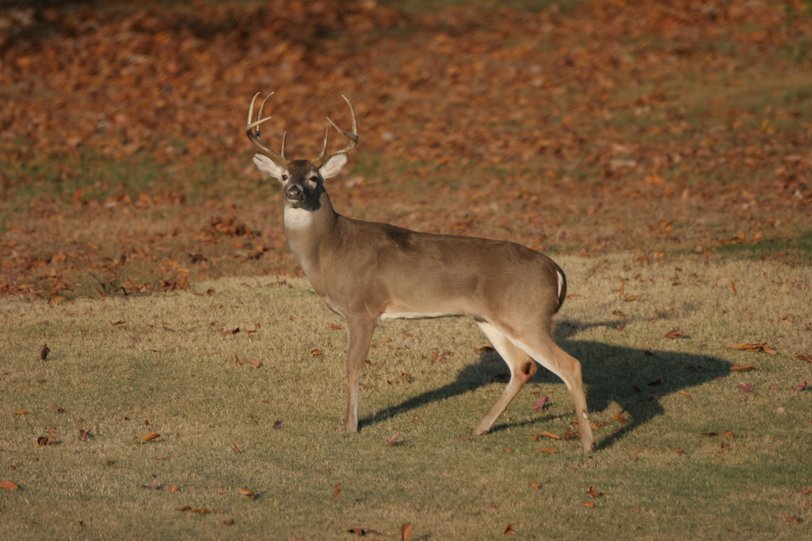
Recent News
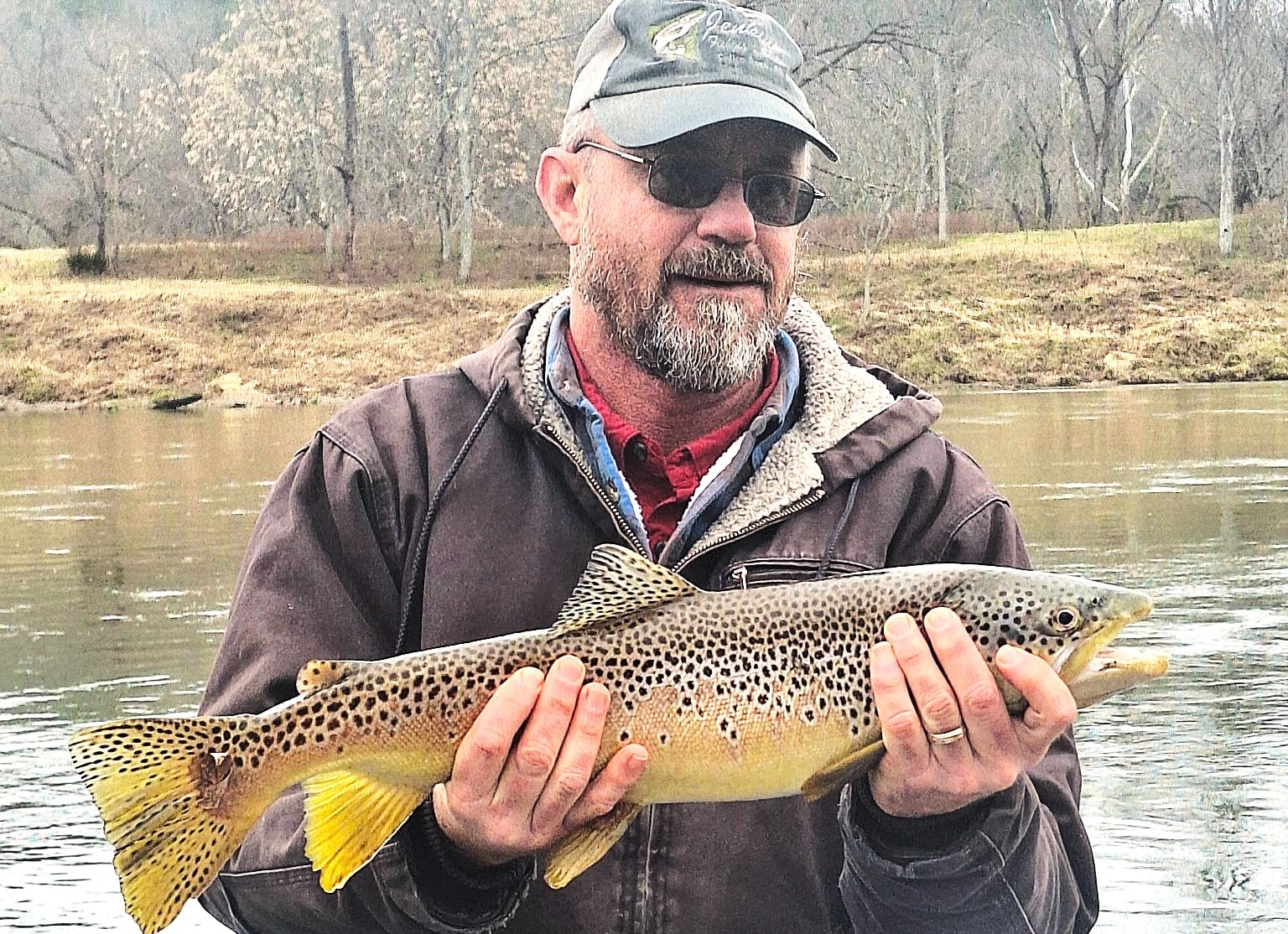
Arkansas Wildlife Weekly Fishing Report
Feb. 6, 2025
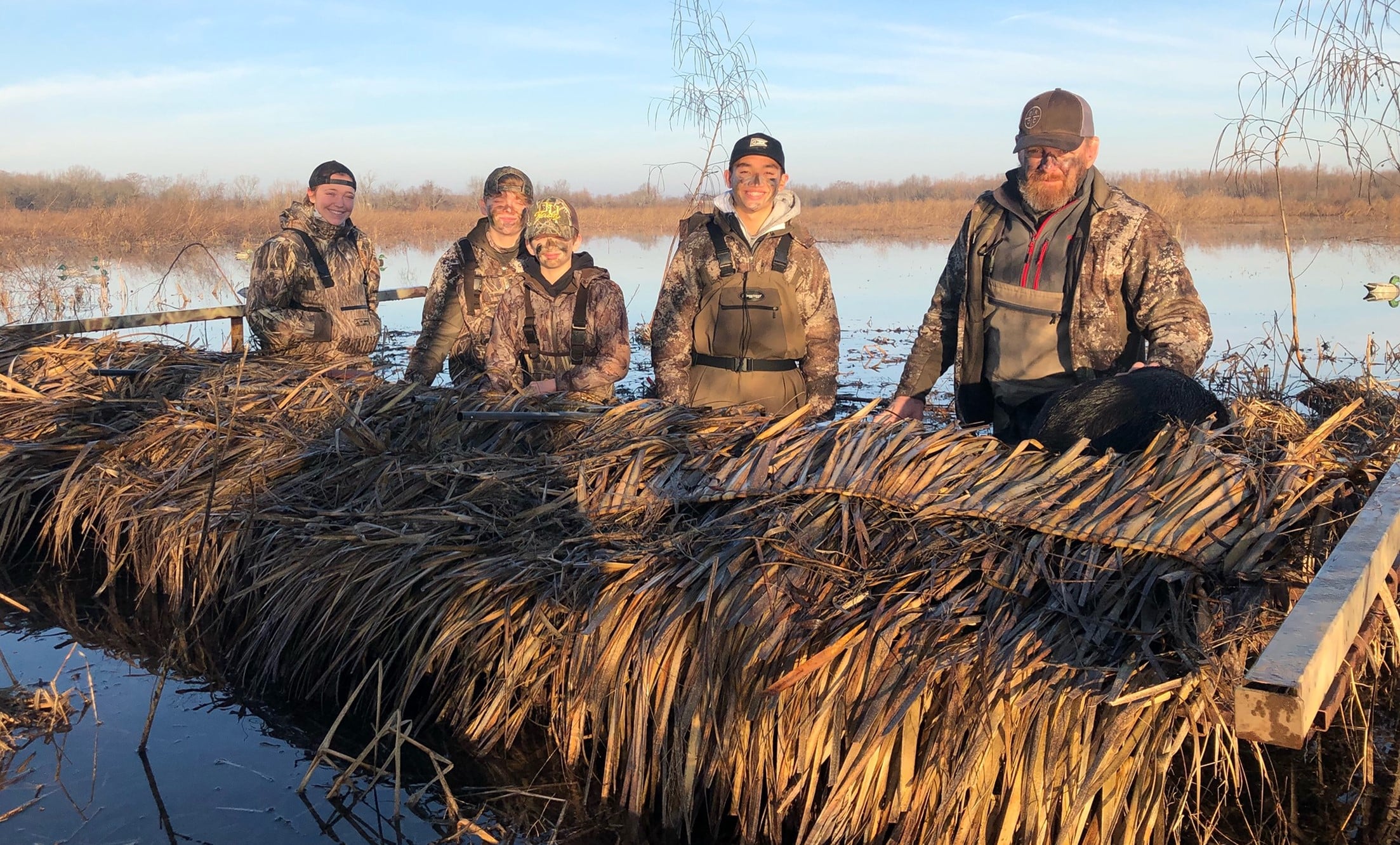
Arkansas Wildlife Weekly Waterfowl Report
Feb. 5, 2025
Subscribe to Our Weekly Newsletter E-mails
Don’t miss another issue. Sign up now to receive the AGFC Wildlife Weekly Newsletter in your mailbox every Wednesday afternoon (Waterfowl Reports are published weekly during waterfowl season and periodically outside the season). Fishing Reports arrive on Thursdays. Fill in the following fields and hit submit. Thanks, and welcome!
